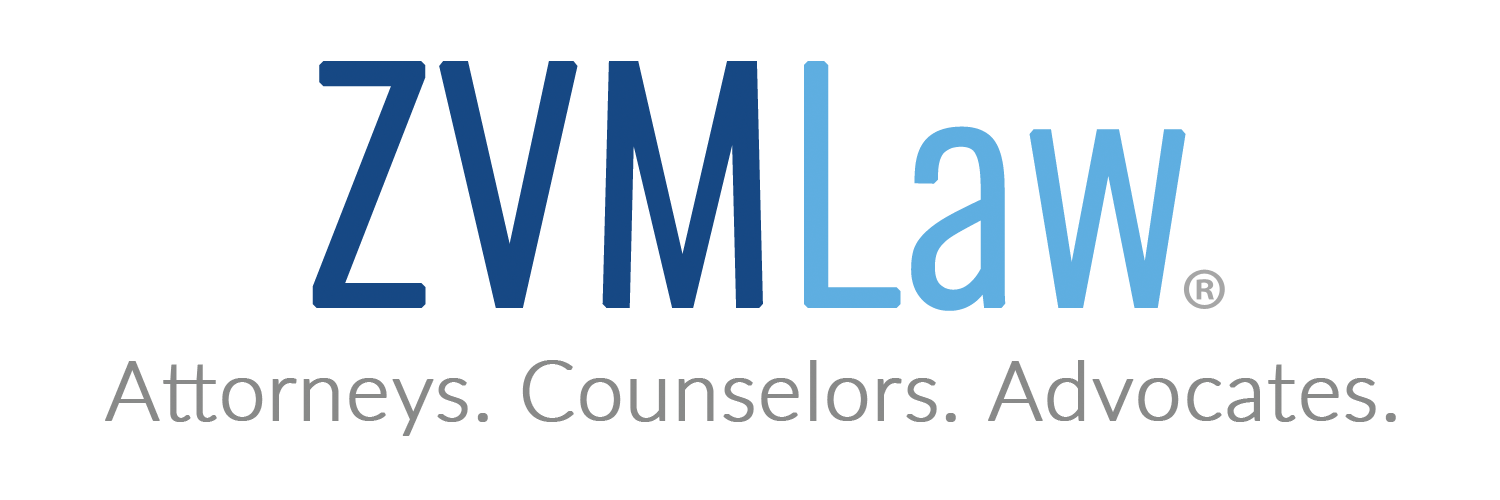The New Copyright Claims Board — “Small Claims Court” for Copyright Infringement Claims
What is the Copyright Claims Board (CCB)?
Traditionally, one of of the common challenges to enforcing small copyright infringement matters has been the time and expense required to file and prosecute a copyright infringement claim in federal court. In many cases, the time and expense required far exceeded the value of the claim.
In 2020, to remedy this issue, Congress passed CASE (Copyright Alternative in Small Claims Enforcement), which authorized the Copyright Office to establish a Copyright Claims Board (CCB) to provide a more accessible, streamlined option to resolve copyright disputes with under $30,000 at issue.
How Does the CCB Work?
The CCB consists of a panel of three copyright experts that can hear copyright claims with less than $30,000 in damages. For claims under $5000, there is only one copyright expert.
All proceedings are electronic and no in person appearances are necessary.
You are allowed to be represented by an attorney at the CCB, but an attorney is not required.
You do not have to have a copyright registration in hand prior to bringing an action at the CCB (unlike federal court). Instead, having an application for registration on file is sufficient.
The discovery process (which is often the most expensive part of federal court litigation) is far more limited in scope and duration than in federal court.
What Remedies Are Available From The CCB?
The CCB can award money damages (either statutory or actual damages and profits) up to $30,000. The CCB can also award attorney’s fees and costs up to $5,000 (or $2,500 if the other party is not represented by counsel), but only if there’s a determination of bad faith. The biggest limitation of the CCB is that it can’t issue injunctive relief.
Can I Still Bring a Claim in Federal Court?
You can choose to bring your claim in either federal court or in the CCB but you can’t bring the same action in both venues.

